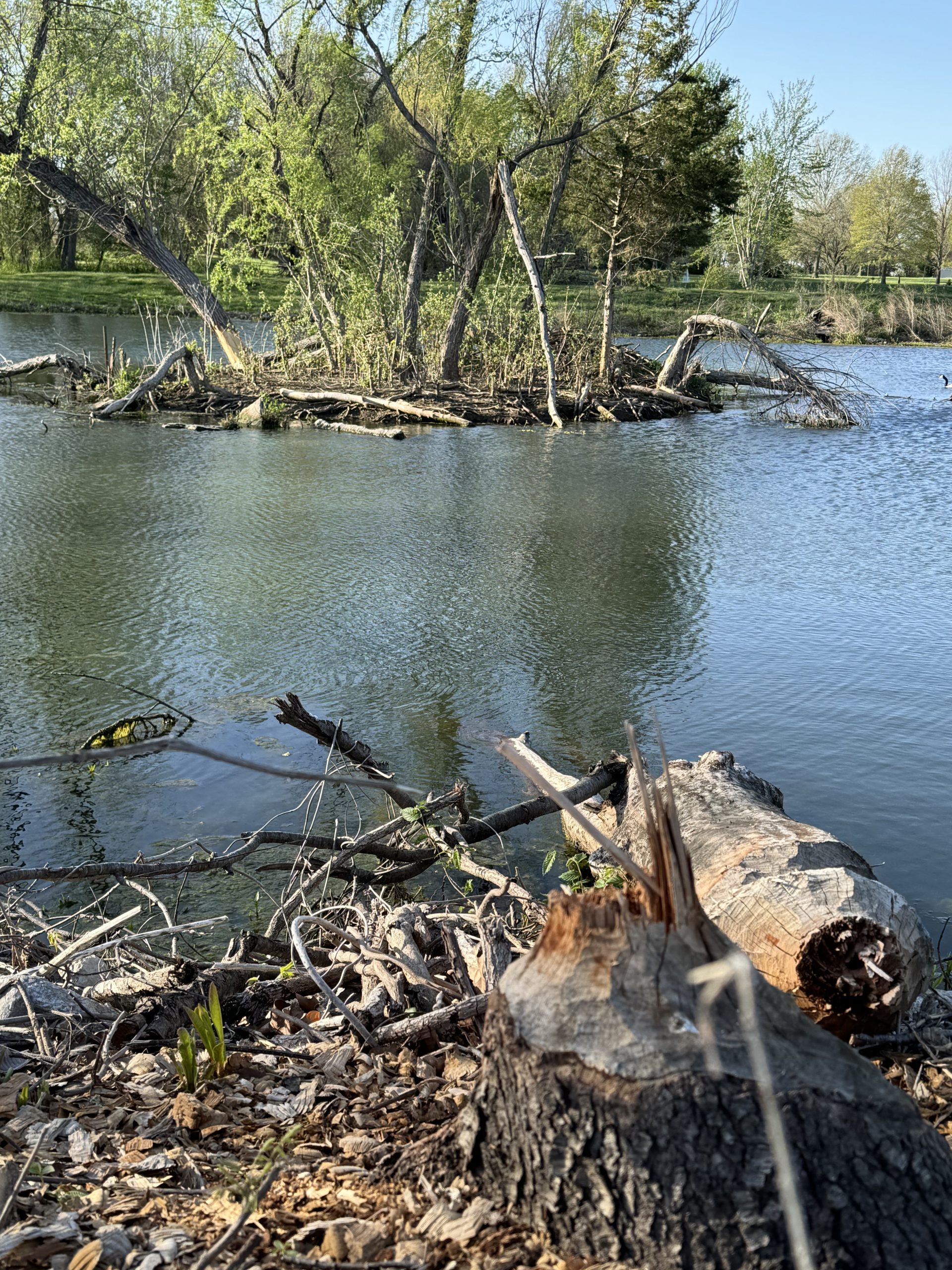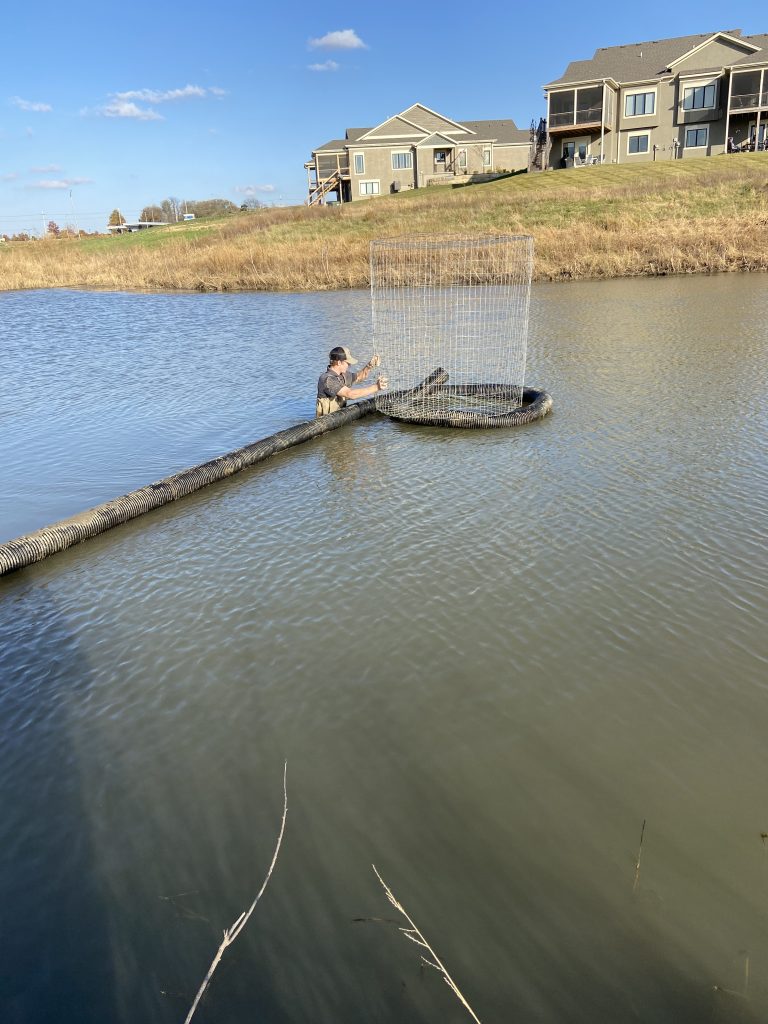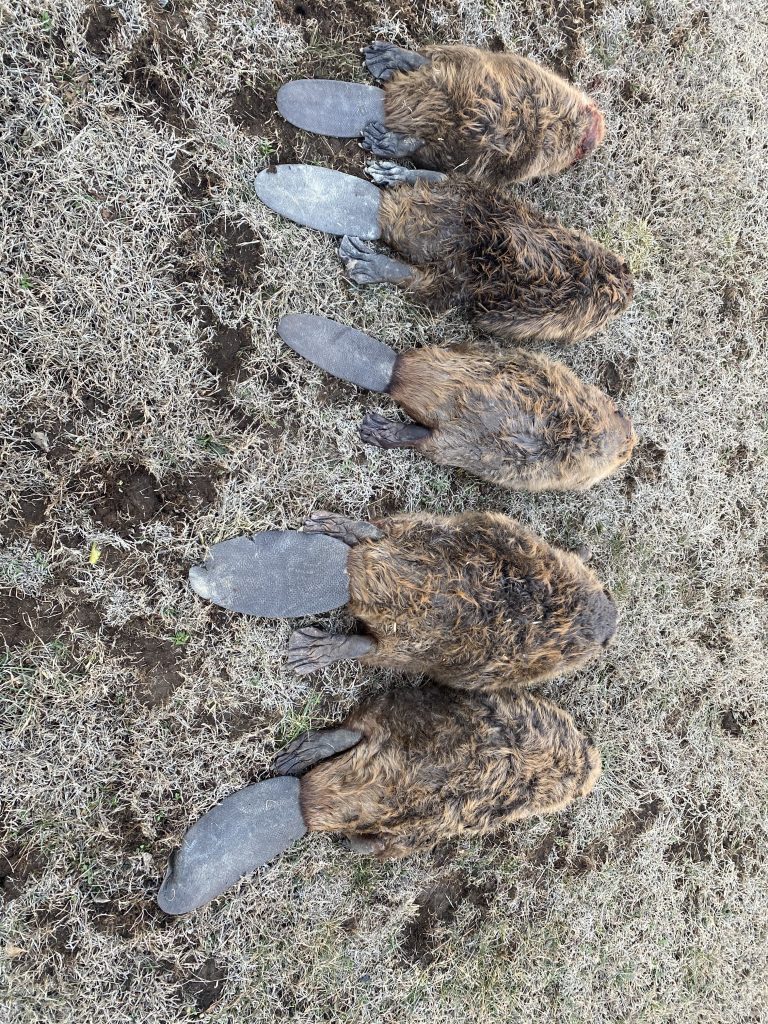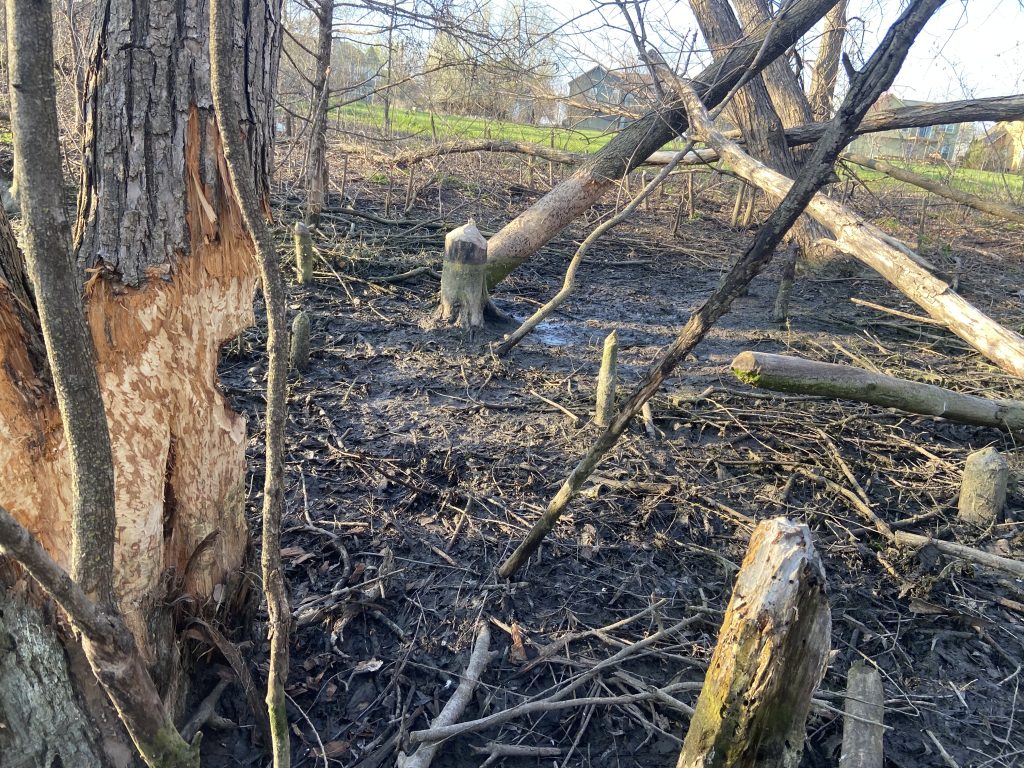You will learn about beaver removal and how we handle it. Beavers are known for being North America’s largest rodent and the second-largest living rodent in the world. Additionally, they generally weigh between 20 to 60 pounds with a lifespan of up to 20 years in the wild. Moreover, beavers have two big incisors that continually grow throughout their lives, and daily use helps trim them down. Beavers are semiaquatic, meaning they are capable of living both on land and in water. In addition, they are powerful swimmers that can stay underwater for up to 15 minutes. Beavers are primarily nocturnal, meaning they tend to be most active at night. Furthermore, they live in colonies consisting of monogamous pairs and their offspring. Additionally, baby beavers, called kits, are born in the spring and stay with their parents for up to two years. Lastly, their remarkable ability to build dams on streams and rivers can lead to the creation of extensive wetlands.
Call Now To Schedule An Appointment!
Beaver Removal
Trapping beavers
You can effectively remove beavers by using traps, depending on local regulations and the specific situation. Various types of traps include live traps, foothold traps, and Conibear traps.
You should use extra-large and durable live traps when trapping beavers, as they are capable of accommodating the beaver’s size and weight. I recommend the Comstock beaver trap or suitcase traps for this purpose. Beware suitcase traps are dangerous because they use large springs that can cause serious harm.
Lethal traps should be your main method to trap beavers.
You must follow specific laws when setting and placing a 330 conibear body grip trap.
Lodge Sets
Near the beaver’s lodge, specifically at the entrance or exit runways. We place the 330 Conibear trap near the entrance, secure it with an H stand or sticks through the spring holes, and use guide sticks to funnel the beaver into the trap.
Runway Set
In shallow water where there is a narrow trough or a narrow stream connecting two ponds. The beaver is prevented from bypassing the trap set in the trough with large dead sticks built like a fence around the trap.
Beaver Dam Set
At a beaver dam, specifically on the muddy trail crossing from one side to the other. Placing a 330 Conibear on top of the dam in the middle of the crossing, where it is legal to do so. break the dam and set a 330 Conibear trap in the direction a beaver will swim through to investigate the broken dam.
Castor Mound Set
Near castor mounds, a 330 Conibear needs to be placed in a run near the mound for effective trapping. You can make your own castor mounds by buying the scents online. Don’t use to much castor a small dab is all that’s needed. You can also use a comstock double door beaver trap. Set the trap and build the castor mound in the middle by the trigger system. The beaver will come to investigate and trip the trap. When building the castor mound its crucial to place it on the shoreline. One mound is plenty as too many will scare the beavers.


Before you attempt these beaver removal techniques read these Safety and Legal Considerations.
It’s important to note that setting 330 Conibear traps requires caution due to their strength and potential danger to non-target animals. Trappers should be familiar with local regulations regarding trap placement and check traps regularly. Additionally, the traps should be secured to something solid to prevent loss and non-target catches.
Beaver trapping is more challenging than other species I recommend seeking a wildlife professional for help.
Beaver Concerns
Why beaver removal is recommended.
Flooding
Flooding of nearby lands, including agricultural fields, residential areas, and infrastructure such as roads, dams, and culverts. This flooding can threaten property, agricultural crops, and public health and safety, leading to significant human-beaver conflicts. Beavers cause floods by clogging spillways, culverts, and drainpipes. This raises the water level.
Tree Damage
Beavers cut down trees and shrubs for food and building materials, which can lead to the loss of valuable timber, ornamental trees, and landscaping in urban and suburban areas. This behavior pose safety risks if trees fall on utility lines or structures. In some cases, beavers may completely girdle trees, removing the bark but leaving the trees standing, which can eventually kill the trees.
Structural Damage
Beaver activity can directly damage structures. For example, the undermining of banks along farm and shoreline properties can lead to the collapse of these areas. Dams built by beavers can also undermine roads and interfere with septic systems. In extreme cases, beaver dams can compromise the structural integrity of bridges and other constructions through the water pressure and erosion they cause.






Transmittable Diseases
Beavers can carry and potentially transmit several diseases to humans, primarily through indirect contact with contaminated water or soil. The primary diseases associated with beavers include.
Giardiasis (Beaver Fever): This microscopic parasite, Giardia lamblia, causes an intestinal illness. It transmits primarily through ingesting cysts found in contaminated water via the fecal-oral route. Symptoms include diarrhea, gas, stomach cramps, nausea, and dehydration. Not only beavers, but other animals and humans can also transmit Giardiasis.
Tularemia (Rabbit Fever, Beaver Fever): The bacterium Francisella tularensis causes tularemia, which can transmit to humans through bites from infected insects (ticks, flies, mosquitoes), direct contact with infected animals, inhalation of bacteria, or ingestion of contaminated water or meat. Symptoms in humans can include fever, skin ulcers, and swollen lymph glands. Although less common, beavers are among the wildlife that can carry this bacterium.
Preventive measures against these diseases include avoiding untreated water from natural sources, practicing good hygiene, especially handwashing after contact with soil or water that might be contaminated.
How to deter beavers
There are no deterrents for beavers, but there are things you can do to help until you or a wildlife professional traps and removes them. Beaver removal is the best method.
Exclusion Fences: Installing metal fences around individual trees or culverts can protect them from beaver damage. Fences should be at least 3 feet high and constructed of mesh hardware cloth or welded wires.
Flow Devices: Installing devices that control the water level can mitigate the impact of beaver dams without needing to remove the beavers. Additionally, these devices allow water to flow through beaver dams, thereby reducing the likelihood of flooding.


It’s important to check traps regularly and comply with local wildlife laws and regulations.
Always check local and state regulations before attempting to trap, relocate, or euthanize beavers. Permits are required for these activities.
Vanishing Varmints takes pride in helping our customers to the best of our ability. We are licensed and properly trained to handle each situation.





